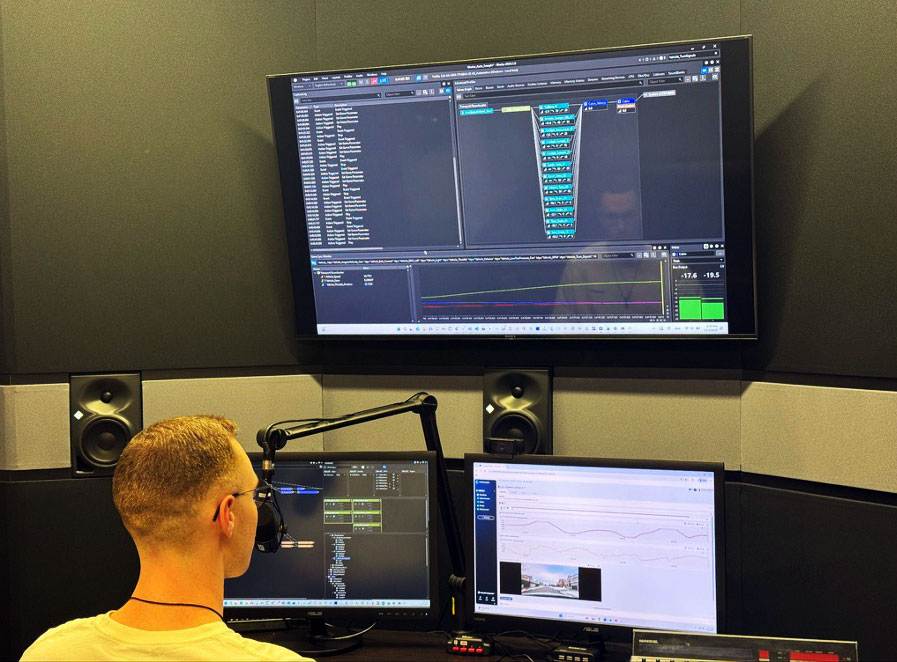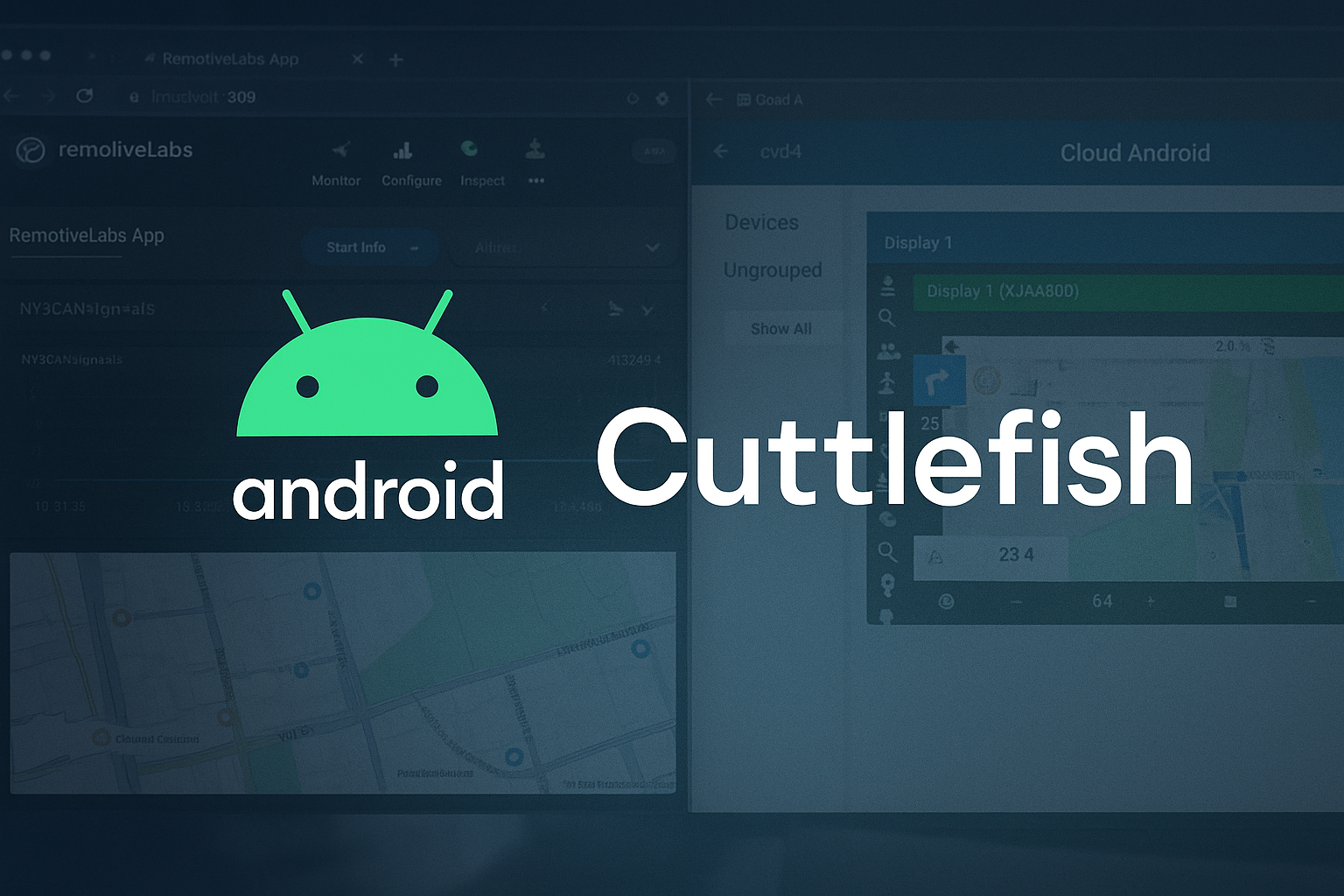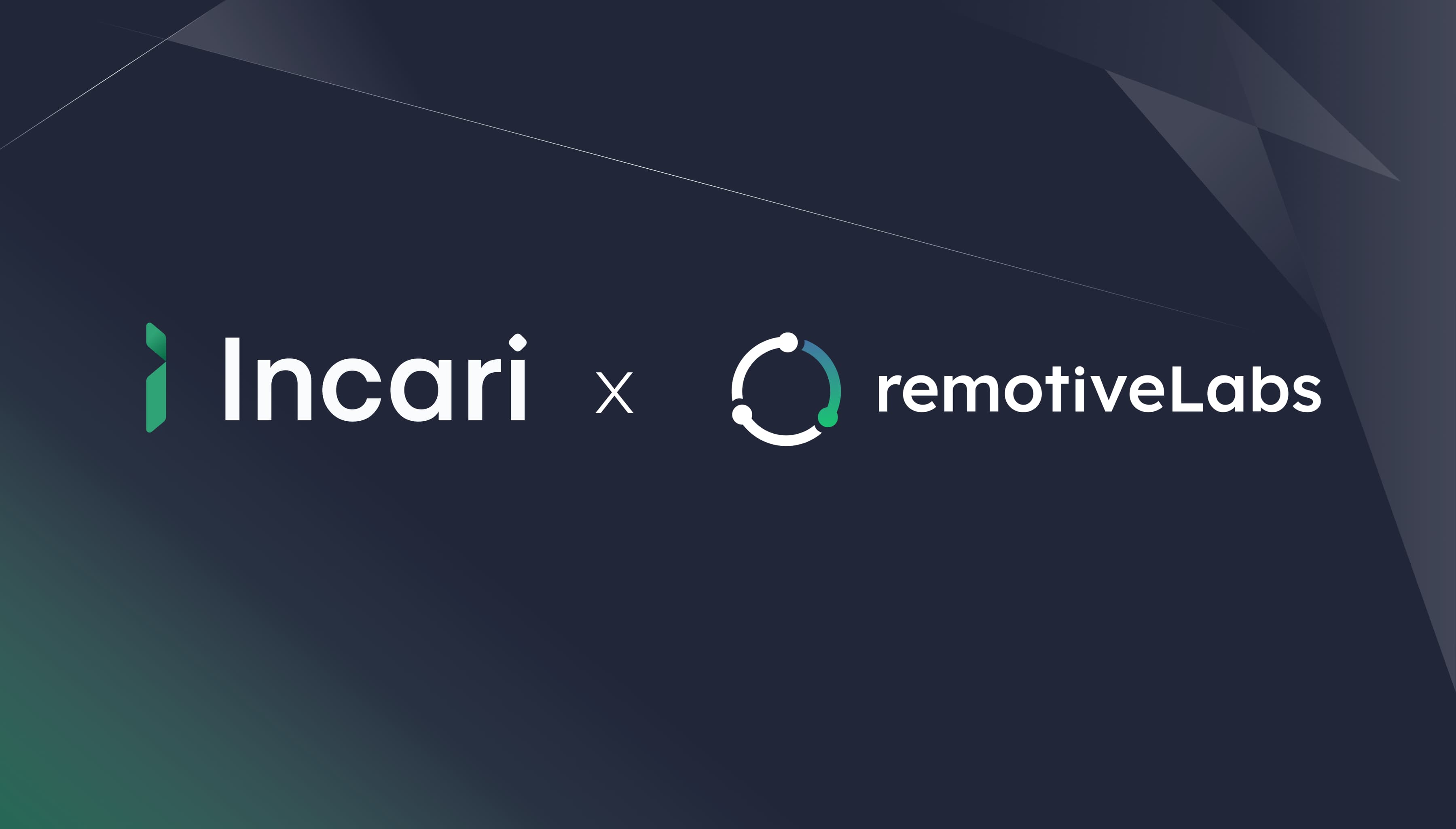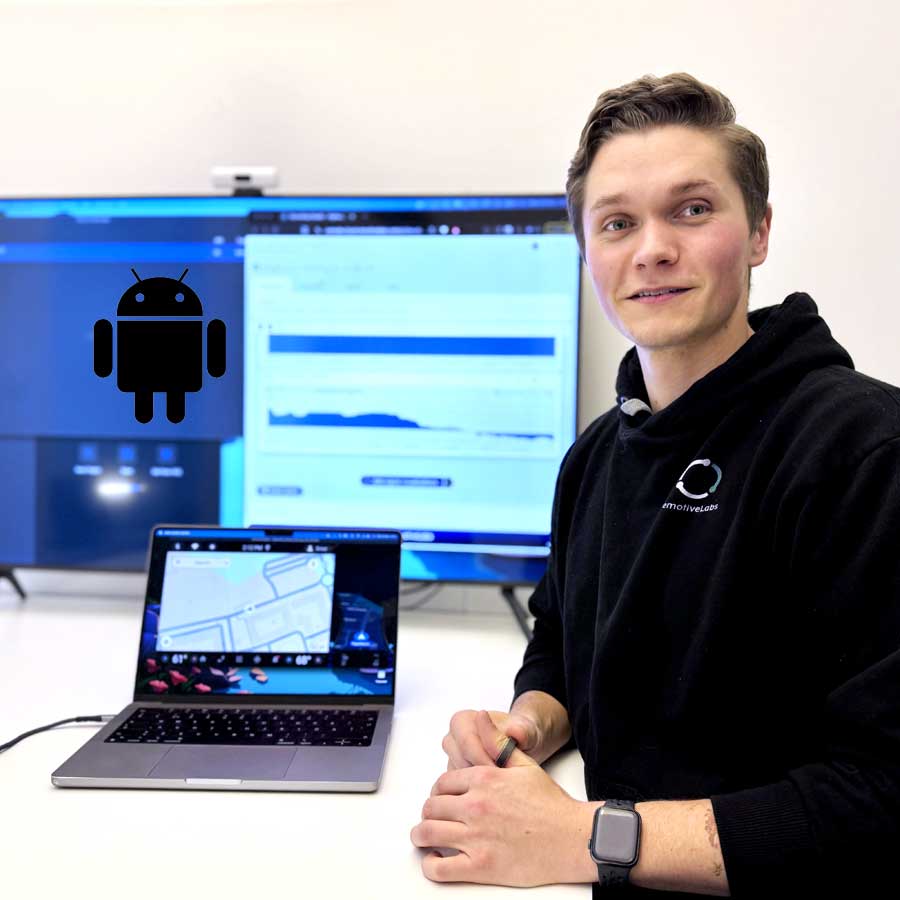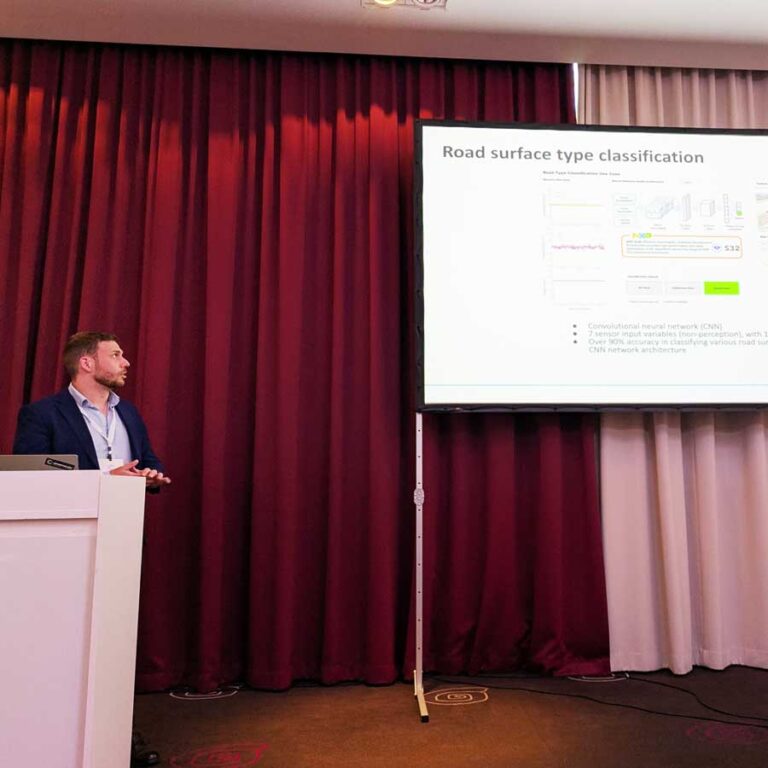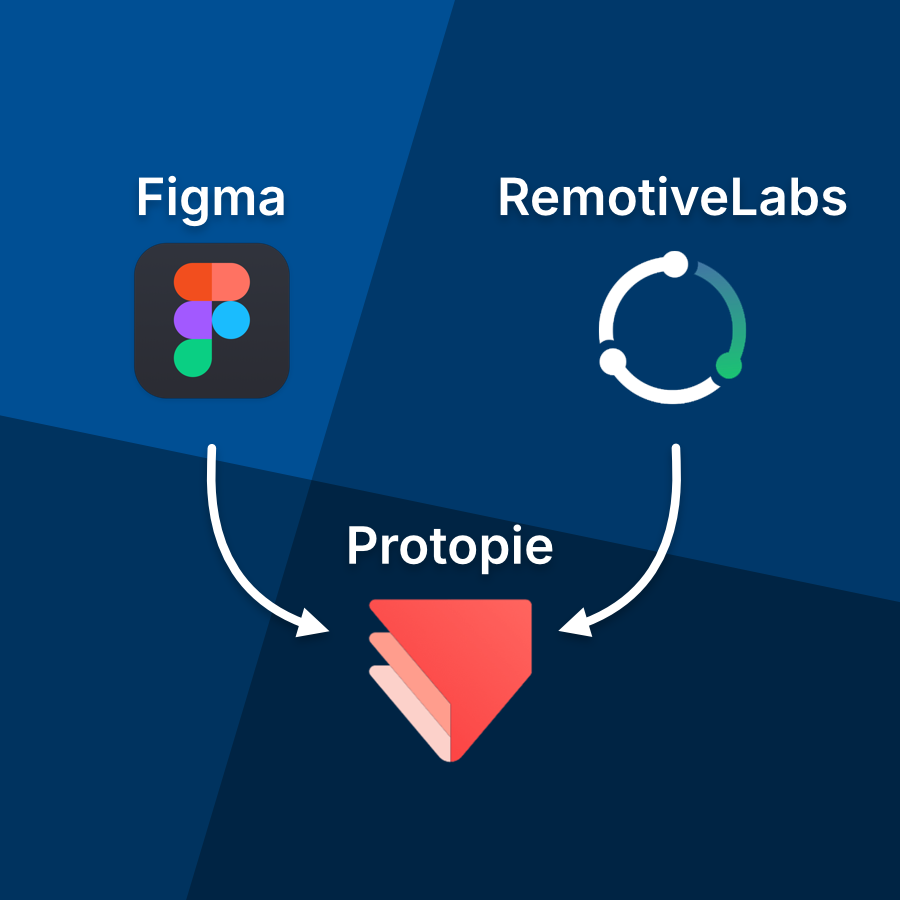AAOS innovation and debugging
P3 is using RemotiveLabs tooling for development and debugging of their Android Automotive based system SPARQ OS. The RemotiveLabs integration allows seamless access to vehicle data via Ethernet/Cloud for real-time diagnostics and debugging capabilities.
.png)
AAOS innovation and debugging
P3 is using RemotiveLabs tooling for development and debugging of their Android Automotive based system SPARQ OS. The RemotiveLabs integration allows seamless access to vehicle data via Ethernet/Cloud for real-time diagnostics and debugging capabilities.
Android automotive development & debugging
P3, with their SPARQ OS, is at the forefront of automotive infotainment technology. As an adopter of RemotiveLabs, they are further enabled in development and debugging software on Android Automotive OS (AAOS), utilizing RemotiveCloud communication and integration at the Vehicle Hardware Abstraction Layer (VHAL) level.
Marius Mailat, CTO & Managing Director of P3 digital services: “We use RemotiveLabs cloud-based platform connected to SPARQ for bidirectional VSS signal integration to simulate VHAL car properties”.
This is how the team is enabled
- Real-time development & debugging: RemotiveLabs enable vehicle property data to be easily ingested into P3’s infotainment systems. Moving beyond the traditional constraints of the CAN bus, our partnership enables a seamless access to data via Ethernet or Cloud. This integration allows for the utilization of raw CAN signals or Vehicle Signal Specification (VSS), enhancing the robustness and responsiveness of our systems.
- Faster market readiness: P3 is able to bring superior quality and faster time to validating vehicles running on Android Automotive OS during implementation and integration. By using Profilence’s advanced software quality assurance that simulates user behavior and combining it with vehicle signals through RemotiveLabs, P3 can uncover infotainment software defects and root causes early on, rather than waiting after long term use (read more on combining user behavior with vehicle signals in infotainment testing).
Buffer feature
When an issue is detected in a vehicle, the RemotiveBroker records all signals in the vehicle for 2 minutes before and after the issue occurred. The recording is uploaded to the RemotiveLabs cloud with a description of the issue. AAOS engineers can replay the recorded drive cycle from the cloud into SPARQ OS development stack, through the VHAL. I.e. this brings the ability to easily check whether the correct signals are on the buses, have the right frequency, that the GPS had coverage and if the issue is in the application or somewhere else.
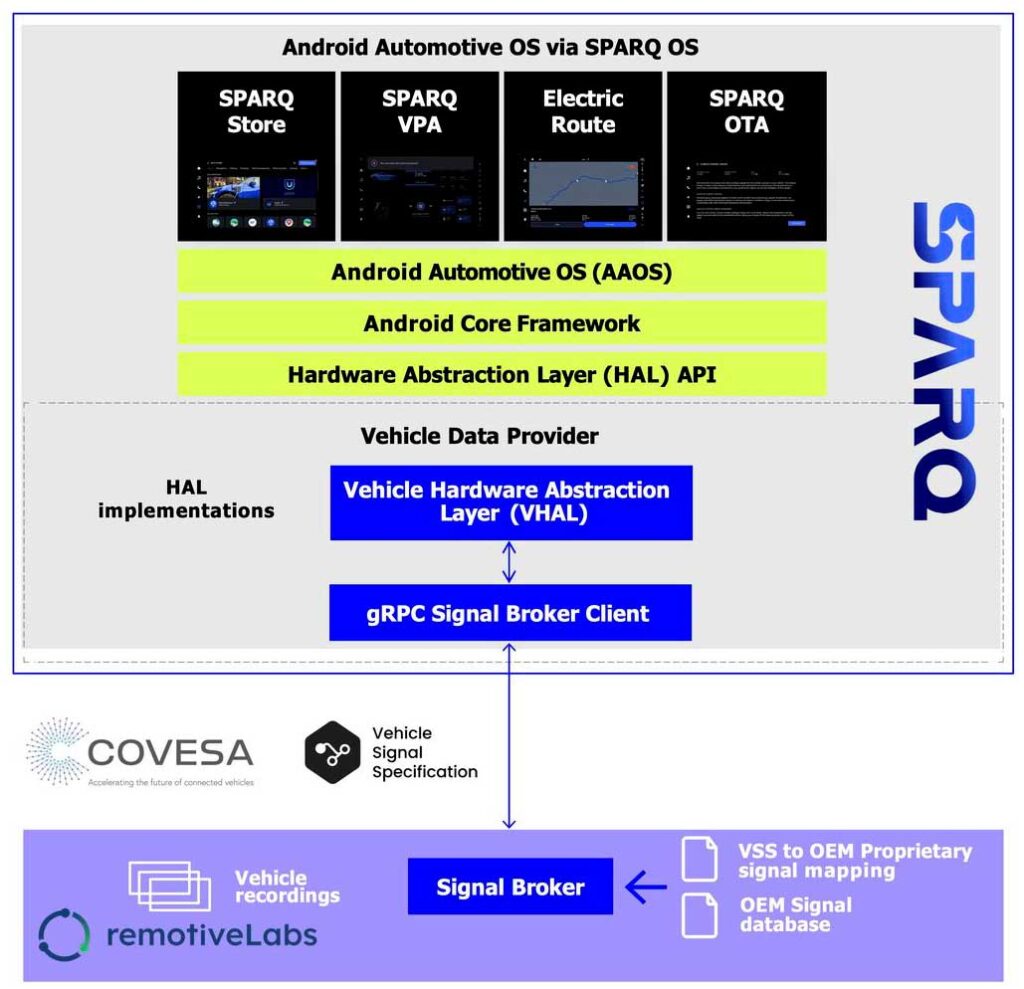
Dark blue: P3 / OEM, Light green: Google Android Automotive OS.
P3 is known for pushing the boundaries of technology and constantly improving their innovation capabilities. By integrating RemotiveLabs tooling and Profilence quality assurance, their development capabilities are further enhanced.
Read more about SPARQ OS and parent company P3 on respective websites.
Check out the latest from us
Join the automotive rebels that #getstuffdone with RemotiveLabs!


